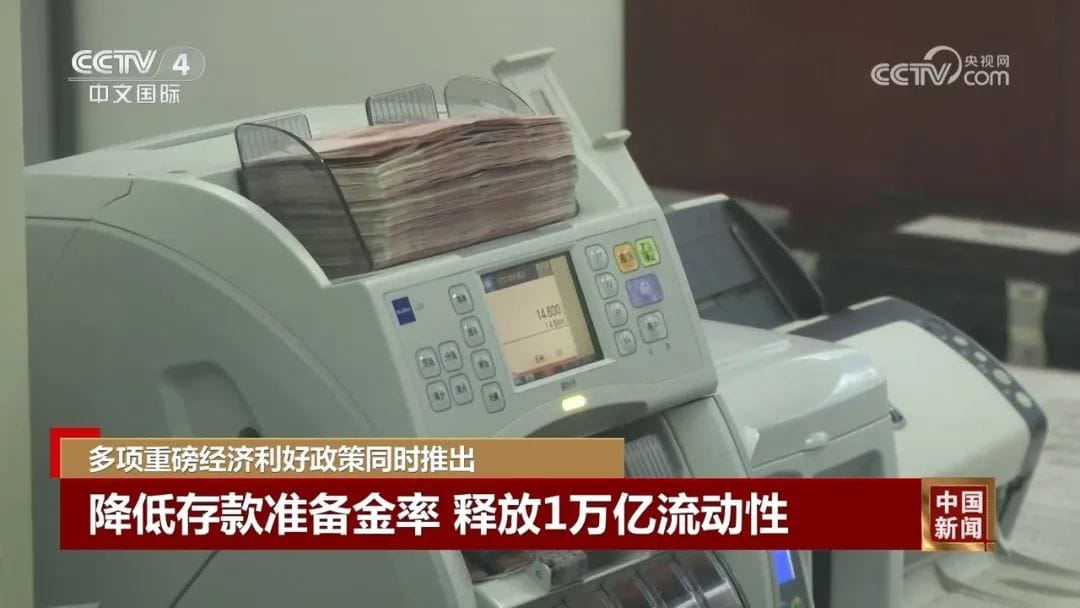On Tuesday, Chinese officials unveiled a series of significant policy initiatives to bolster the nation’s economy, housing market, and stock market. These measures include reductions in the policy rate and the reserve requirement ratio (RRR), aiming to create a supportive monetary and financial setting for steady economic growth and high-quality development.

Foreign media have described these initiatives as “broader-than-expected,” highlighting the strong commitment of Chinese policymakers to ensuring stable economic progress, which is expected to enhance market confidence in China’s economic trajectory for the remainder of the year, according to economists.
The robust policy backing has heightened expectations that the world’s second-largest economy will achieve its annual growth target of approximately 5 percent in 2024, despite facing downward pressures and external uncertainties, economists noted.
Following the policy announcements, Chinese stocks saw a substantial rise on Tuesday. The Shanghai Composite Index surged by 4.15 percent, marking its largest single-day gain in over four years, while the Shenzhen Component Index increased by 4.36 percent.
These major policy measures were disclosed at a highly anticipated press conference on Tuesday morning by the heads of the nation’s central bank, financial regulator, and securities regulator. The measures address several crucial areas of the Chinese economy, including overall liquidity, the real estate sector, and the stock market.
Pan Gongsheng, governor of the People’s Bank of China (PBC), revealed plans for a 0.5 percentage point cut in the RRR—the cash reserves banks must maintain—which would inject around 1 trillion yuan ($142 billion) of long-term liquidity into financial markets.
Pan also indicated the possibility of an additional RRR reduction of 0.25 to 0.5 percentage points later in the year, contingent on market liquidity conditions.
Moreover, the PBC will decrease the seven-day reverse repo rate from 1.7 percent to 1.5 percent, and the medium-term lending facility rate is likely to drop by about 0.3 percentage points. The long-term lending facility and deposit rates will be reduced by 0.2 to 0.25 percentage points, Pan stated.
Regarding the housing market, the PBC chief announced that China will lower existing home loan mortgage rates by an average of 0.5 percentage points and reduce the national minimum down payment requirement to 15 percent for second homes, among other strategies.
For the securities market, the PBC plans to introduce new monetary policy tools to ensure the stable development of the stock market, Pan added.
Concurrently, Wu Qing, chairman of the China Securities Regulatory Commission, announced that guidelines promoting the entry of medium and long-term funds into the stock market would be released shortly.
“In order to further support stable economic growth, the PBC will steadfastly adhere to an accommodative monetary policy stance, enhance the intensity of monetary policy regulation, refine the precision of monetary policy measures, and foster a supportive monetary and financial environment for stable economic expansion and high-quality development,” Pan emphasized.






